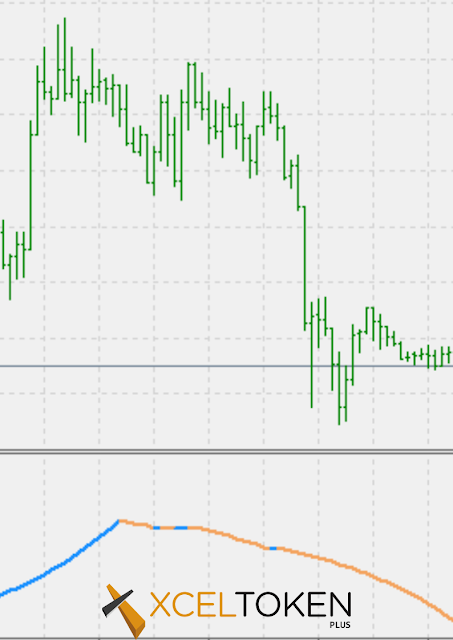What Does the Stochastic RSI Help You with?
This article is a continuation of the introduction
blog written on the Stochastic RSI.
The StochRSI was developed by Tushar S. Chande and Stanley Kroll and comprehensive
in their book "The New Technical Trader," first published in 1994.
While technical pointers already existed to show overbought and
oversold levels, the two developed StochRSI to improve sensitivity and generate
a greater number of signals than traditional pointers could do.
The StochRSI deems something to be oversold when
the value drops below 0.20, meaning the RSI value is trading at the lower end
of its predefined range, and that the short-term direction of the underlying
security may be nearing a low a possible move higher. Conversely, a reading
above 0.80 suggests the RSI may be reaching extreme highs and could be used to
signal a pullback in the underlying security.
Along with identifying overbought/oversold
conditions, the StochRSI can be used to identify short-term trends by looking
at it in the context of an oscillator with a centerline at 0.50. When the
StochRSI is above 0.50, the security may be seen as trending higher and vice
versa when it's below 0.50.
The StochRSI should also be used in conjunction
with other technical indicators or chart patterns to maximize effectiveness,
especially given the high number of signals that it generates. In addition, non-momentum oscillators like
the accumulation distribution line may be particularly helpful because
they don't overlap in terms of functionality and provide insights from a
different perspective.
The Difference Between the Stochastic RSI and the
Relative Strength Index (RSI)
They seem similar, but the StochRSI relies on a
different formula from what generates RSI values. RSI is
a derivative of price. Meanwhile, stochRSI is derivative of RSI
itself, or a second derivative of price. One of the key differences is how
quickly the indicators move. StochRSI moves very quickly from overbought to oversold,
or vice versa, while the RSI is a much slower moving indicator. One isn't
better than the other, StochRSI just moves more (and more quickly) than the
RSI.
Limitations of Using the Stochastic RSI
One downside to using the StochRSI is that it tends
to be quite volatile, rapidly moving from high to low. Smoothing the StochRSI
may help in this regard. Some traders will take a moving average of
the StochRSI to reduce the volatility and make the indicator more
useful. For example, a 10-day simple moving average of the StochRSI can produce
an indicator that's much smoother and more stable. Most charting platforms
allow for applying one type of indicator to another without any personal
calculations required.
Also, the StochRSI is the second derivative of
price. In other words, its output is two steps away from the actual price of
the asset being analyzed, which means at times it may be out of sync with an
asset's market price in real time.




Comments
Post a Comment